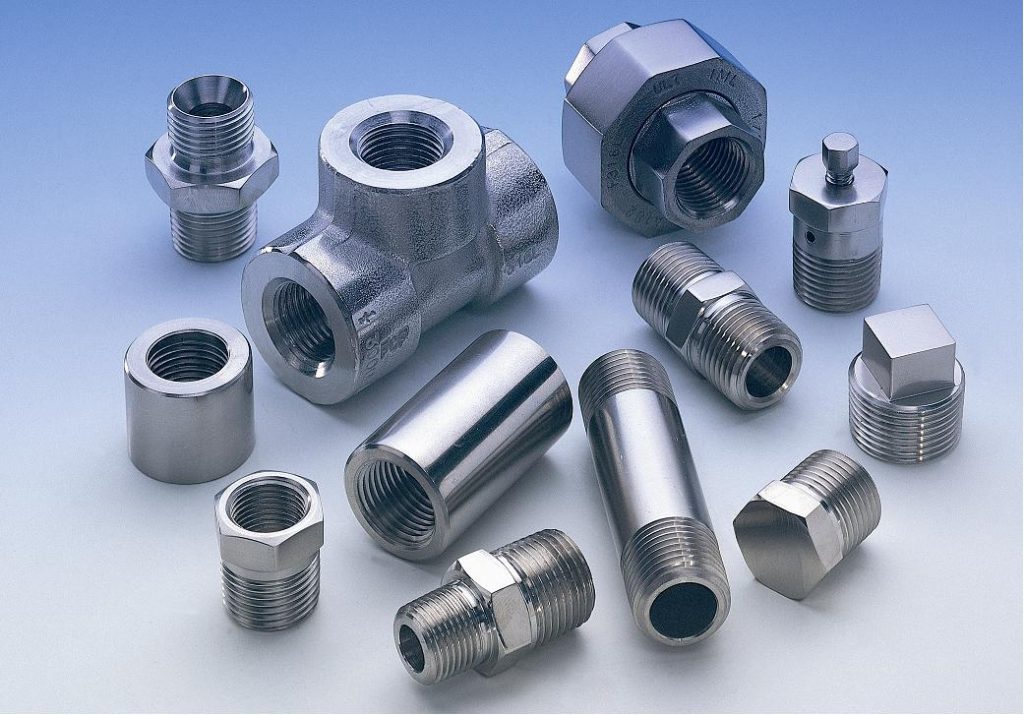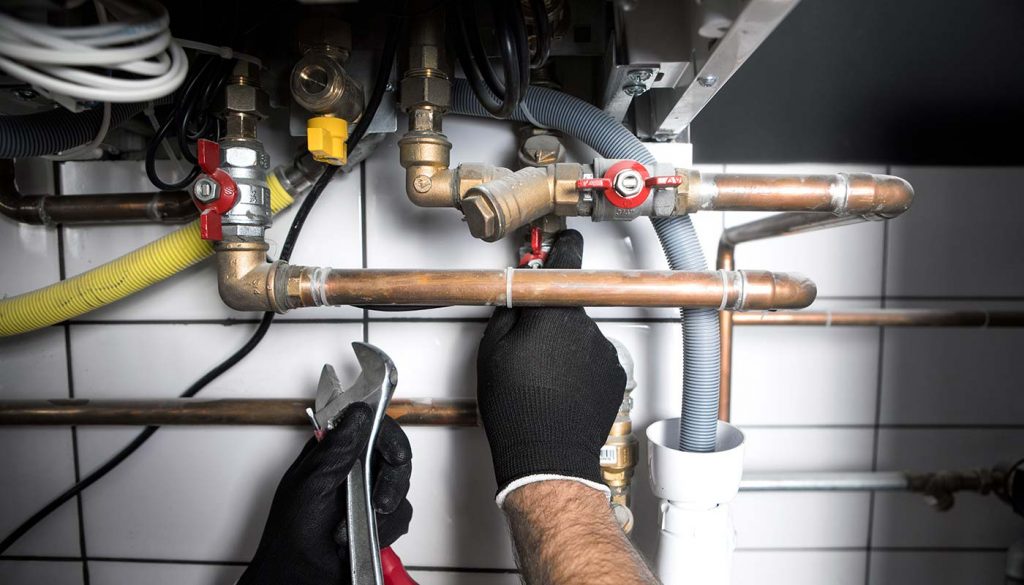Fittings are used in many areas: these discreet but necessary fittings serve as an important connecting element for the assembly of various piping systems found in industry, and also used in many domestic facilities.
Given the large number of existing types of fittings and their various modifications, choosing the optimal product is an important and often difficult process.
How to choose a fitting?
In order to select the fitting that suits you best, you should consider aspects such as the type of connection, the environment, the operating medium and its characteristics, as well as the adaptability of the material for the specific application.
Connection type: quick disconnect or threaded connection, permanent or removable fitting. Ensure that the installation site is easily accessible for both installation and maintenance and determine the shape of the fitting — for example, straight, tee or curved.
Environment: Consideration must be given to the ambient temperature and, in particular, large temperature fluctuations, danger of freezing, exposure to ultraviolet rays, rain or humidity, possible ingress of water or dirt, the level of protection required when using the fitting in hazardous conditions, exposure to shock, vibration and etc.
Medium: it is necessary to select a fitting suitable for the medium (compressed air, air, water, oil, etc.), its temperature, pressure and the required flow rate (which depends on the nominal diameter [DN] of the pipe).
If necessary, ensure that the fitting you choose meets the standards that may apply to your installation.
Material: The material of the fitting (stainless steel, brass, plastic, etc.) and the sealant (nitrile [NBR], fluorinated rubber [FKM], ethylene rubber [EPDM], etc.) must be compatible with the material of the pipes to be connected and suitable for a specific application.

What are the main types of fittings?
There are different types of fittings for different applications. In particular, a distinction is made between:
Quick Disconnect Fittings: Quick disconnect couplings can use a variety of technologies.
Ring-grip technology: used with polymer pipes; fixing is done by inserting the pipe into the fitting, and disconnecting by pressing the release button. The pipe can be fastened to the grooved hole and can also be screwed or even welded. These fittings are usually very small in size.
Collet gripping technology: This type of fitting is very robust and is used in corrosive environments and for high pressure circuits. They are mainly applied to corrugated metal pipes.
Reverse Collet Gripping Technology: Provides double sealing and secure release. These fittings are mainly used for very high pressures.
Screw fittings: their design allows easy disassembly, usually with a wrench. It should be checked beforehand that there is enough space around the fitting to allow disassembly if necessary.
Symmetrical Guillemin Connections: These fittings are widely used in the chemical, petrochemical, food, transportation and agricultural industries. They have symmetrical connectors that are attached to each other. These fittings can be mounted to pipes in a variety of ways, such as fluted shank fittings, male or female thread fittings, and Welding Fittings. These fittings are screw fittings and require special tools for mounting and dismounting. These fittings are available in aluminum, stainless steel, brass, bronze or polypropylene.
Weld and Crimp Fittings: These are permanent connections used in particular for hydraulic circuits.
More articles like this here.


